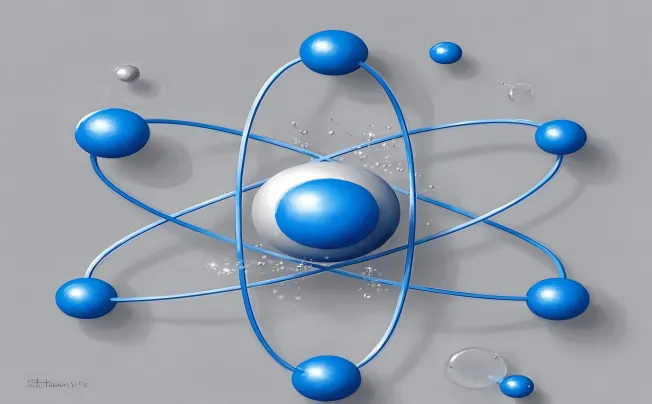Silicon metal is a fundamental component in the realm of materials science and technology. Defined as a metalloid, it exhibits properties characteristic of both metals and non-metals.
Overview of Silicon Metal
Silicon is primarily recognized for its crystalline structure, which contributes to its unique electrical and thermal properties. Its atomic number is 14, indicating its position on the periodic table, where it plays a vital role in diverse chemical reactions essential for various industrial applications.
The significance of silicon in multiple industries cannot be overstated. In electronics, silicon serves as the backbone of semiconductor technology — powering devices from smartphones to supercomputers.
In automotive and aerospace contexts, silicon metal finds use in aluminum alloys that improve strength-to-weight ratios, enhancing fuel efficiency and performance. Additionally, the solar industry heavily relies on silicon for photovoltaic cells due to its ability to convert sunlight into electricity efficiently.
Understanding Silicon Metal
Silicon possesses notable chemical properties that set it apart from other elements. It readily forms compounds with oxygen to produce silica (SiO₂), an abundant mineral found in nature as sand or quartz. The reactivity of silicon varies depending on environmental conditions; under high temperatures or reduced pressures, it can bond with various elements like carbon or nitrogen while forming silicides that enhance its suitability for specific applications.
The atomic structure of silicon reveals why this element is instrumental in numerous technologies today. With four electrons available for bonding in its outer shell (the valence shell), silicon readily forms covalent bonds with other atoms — particularly carbon — creating robust structures like silanes or silicones used across several industries including manufacturing and construction.
This tetravalent nature allows it not only to participate actively in chemical reactions but also enables significant stability within these compounds. In terms of physical manifestation, silicon exists mainly in two common forms: crystalline (which includes single-crystal wafers) and amorphous (non-crystalline).
Crystalline silicon typically exhibits superior electrical conductivity due to ordered atomic arrangements within the lattice structure while amorphous variants offer flexibility during processing but exhibit less mechanical strength overall. Such distinctions are crucial when selecting appropriate types based on specific application requirements.
Strength Characteristics of Silicon Metal
When evaluating the mechanical strength characteristics of silicon metal compared to traditional metals like aluminum or iron, it's essential first to understand tensile strength metrics recorded during rigorous testing procedures such as tensile tests conducted at elevated temperatures or varying strain rates. Typically measured in megapascals (MPa), tensile strength helps determine how much force a material can withstand before deforming permanently; pure crystalline silicon demonstrates impressive tensile strengths around 150 MPa under optimal conditions.
Hardness — another critical aspect impacting durability — is often assessed using Mohs hardness scales; pure crystalline forms rate between 6-7 depending upon their exact structural alignment while amorphous varieties show decreased resistance against scratching due primarily to lack of orderly arrangement among constituent atoms leading them towards brittleness under stress conditions rather than ductile deformation prevalent among typical metals like copper or steel where higher ductility allows more substantial elongation before fracture occurs. Furthermore—beyond mechanical resilience—silicon showcases unique thermal conductivity surpassing many conventional metals which further solidifies its status as an essential player especially concerning semiconductor technologies requiring substantial heat dissipation during operations ensuring longevity without failure risks resulting from overheating scenarios prevalent amongst competing materials lacking such superior thermal management capabilities thereby underscoring ongoing innovations fueled by harnessing these distinctive attributes showcased through growing reliance upon advanced technologies integrating this remarkable element into everyday life solutions aimed at facilitating progress benefiting society globally!
Factors Affecting the Strength of Silicon Metal
- Makeup of Chemicals
Silicon Content: The mechanical properties of an alloy are greatly influenced by the quantity of silicon present in it. Due to solid solution strengthening, a higher silicon content can increase strength; nevertheless, too much silicon might cause brittleness.
Alloying Elements: Tensile strength can be increased by the addition of additional alloying elements, such as carbon. Carbon is especially significant because it refines the microstructure of silicon-based alloys, increasing their overall strength.
- Microstructure Grain Size: An important factor in determining strength is the size and orientation of the silicon grains. Because of the Hall-Petch effect, which prevents smaller grains from causing dislocation movement, finer grains usually result in stronger bonds.
Phase Distribution: The mechanical properties of the silicon matrix can be impacted by the existence of distinct phases within it. For example, the development of secondary phases can increase strength, but if improperly controlled, it can also cause brittleness.
- Conditions for Processing
Heat Treatment: Annealing and tempering are two procedures that can drastically change silicon's mechanical characteristics. Strength and hardness can be increased and the microstructure can be refined using heat treatment.
Cooling Rate: After processing, silicon's microstructure and strength can be affected by how quickly it cools down. A material that cools more slowly can become more ductile, yet chilling more quickly can make it harder and more brittle.
- Contents and Containments
Existence of Inclusions: The fatigue strength of silicon metal may be adversely affected by inclusions, such as oxides or sulphides, which can operate as stress concentrators. The kind and distribution of these inclusions are crucial because tightly bonded inclusions can cause concentrated strain in specific areas of the body, which can reduce strength as a whole.
Silicon's Purity: Improved mechanical qualities are typically associated with higher purity levels. Through the introduction of flaws and disruption of the crystal lattice, impurities can weaken the material.
- Environmental Elements
Temperature and Humidity: Silicon metal's performance can be impacted by the operating environment. High temperatures can cause softening, and humidity can affect the rate of oxidation, which over time can affect the integrity of the material.








